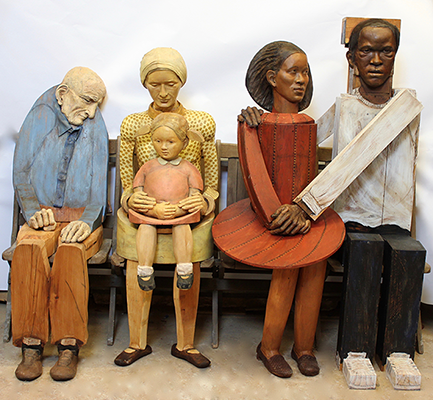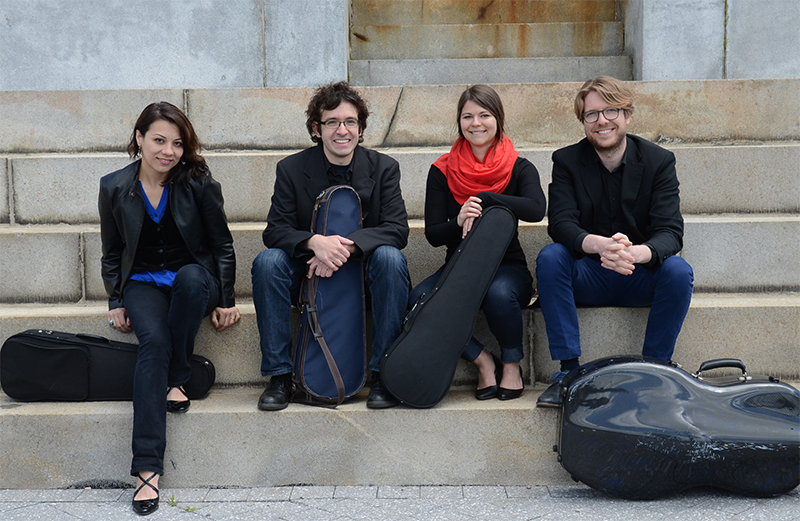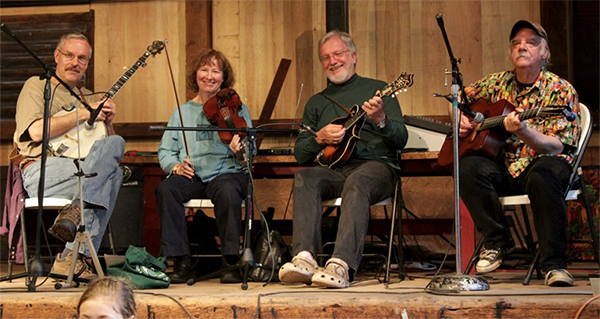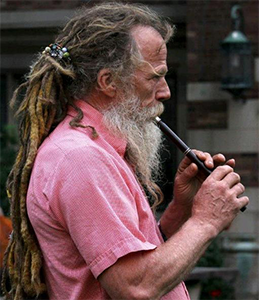This Fall, celebrate the Barn that Eli Whitney built in 1816 to serve his Factory and workers 200 years later, it remains an elegant artifact of Whitney's mind at work. The Eli Whitney Museum offers programs to encourage you to experience the Barn and its moment in history.
The Eli Whitney Barn, built in 1816, was the centerpiece of the Whitney farm. It was the focus of agricultural activities which supplied the boarding house kitchen and provided shelter for the draft animals used at the Armory. Whitney's friend Silliman considered it "a model of convenience and even taste and beauty," and further described the unique features of its design:
It is perfectly characteristic of Mr. Whitney that his attention was directed to the mangers for his cattle, and to their fastenings. The latter are so contrived, by means of a small weight at the end of the halter, that an animal could always move his head with perfect facility, but could not draw out the rope so as to become entangled in it, nor could he easily waste his hay. The fastenings of the doors, as well as all the other appendages and accommodations are equally ingenious.
That Whitney took an active role in the design and construction of the non-Armory buildings on his site is thus well established. The need for housing to accommodate his workforce was obvious given the distance of the Armory from any other suitable lodgings. The farm was necessary to provide food for the unmarried workers and probably supplemented the gardens of the married workers living on Armory Street.
Saturday October 22nd from 12 – 6pm
Sunday October 23rd from 12 – 6pm
Susan Clinard http://www.clinard.org/index.html, the Museum's Artist in Residence for the past 5 years, welcomes visitors to her studio in the wing of the Barn and to the Barn itself as an ArtSpace Open Studios 2016 site. Her multifaceted work occasionally incorporates small artifacts abandoned in the Barn's long history.
With guest artist exhibitors: Alexis Brown http://www.alexisbrown-art.com/, prints,drawings, paintings; Leslie Carmin https://lesliecarmin.com/, drawings; Maura Galante https://www.linkedin.com/in/maura-galante-29242217, Prints; Kiara Matos http://www.kiaramatosceramik.com/index.html, Ceramics; Martha Lewis, http://www.marthalewis.com, artist, educator, curator.
On Saturday the 22nd there will be a special performance by: The Not Often Ensemble – David Heiser, Christina Crowder, and Brian Slattery.

usan Clinard, The Waiting Room.

SKiara Matos

Alexis Brown

Maura Galante

Martha Lewis

Leslie Carmin
Saturday, October 15th at 7:30 pm
The Haven String Quartet http://musichavenct.org/who-we-are/haven-string-quartet/ returns to the Barn with a program that includes works by Danbury native Charles Ives and Beethoven's String Quartet in F Minor, a work published in 1816. No ensemble matches the Haven String Quartet's mastery of the Barn's warmth, intimacy and resonance.

Tickets are $20; $10 for students.
They are available online here: https://squareup.com/store/eli-whitney-museum-inc or call the Museum 203.777.1833.
Saturday, September 17th at 7:30 pm
The Regicides, A Broken Umbrella Theatre's http://abrokenumbrella.org/ improv comedy troupe, brings another brand of invention to Eli Whitney's Barn. A theatre company devoted to New Haven's history devotes a night to irreverent invention. (Definitely not for children.)
Tickets are $15 and are available here: http://abrokenumbrella.org/improv/
Saturday, September 24th at 2 pm
Billy Fischer calls a family Barn/Contra Dance with live music by the Fiddleheads, the original band for the Barn and who were founded in 1976.

Billy Fischer learned Contra Dance and dance calling in the Barn and promoted dance and other public events which helped establish the Museum. Some of the dances he will call were well established by 1816. And they are still joyful. For experienced and novice dancers of all ages. Wear soft shoes.

Tickets are $20 per family; $10 for individuals; children under 6 free.
They are available online here: https://squareup.com/store/eli-whitney-museum-inc or call the Museum 203.777.1833.
![]()
Whitney Barn at 200
![]() CWOS 2016 banner
CWOS 2016 banner
![]() Barn and Paddock
Barn and Paddock
 Barn-Wing-Restoration800
Barn-Wing-Restoration800
 barn-front2
barn-front2
 barn-front
barn-front
 barn-rear
barn-rear
 barn front
barn front

